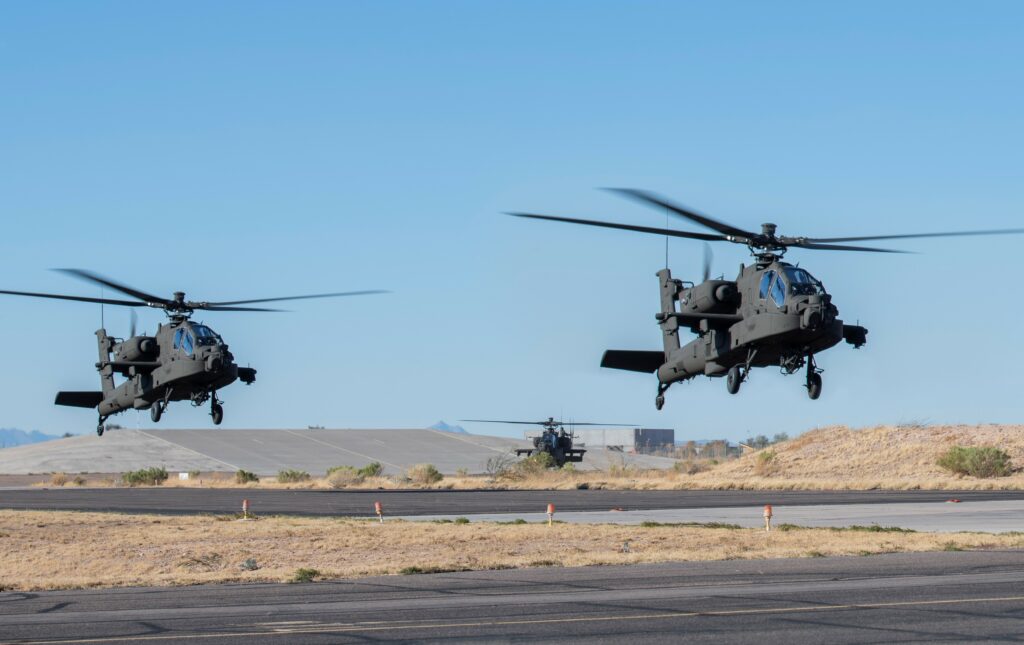Northrop Grumman is pitching its famed ATHENA missile warning sensor as the US Army’s Improved Threat Detection System (ITDS).
Short for Advanced Tactical Hostile Engagement Awareness, ATHENA was designed to elevate aircraft protection and survivability by enabling 360-degree situational awareness.
It is capable of quickly and accurately geolocating incoming electro-optical/infrared threats, such as guided missiles and rockets.
According to Northrop survivability programs director Dennis Neel, the advanced threat detection capability of ATHENA can help pilots and aircrews perform missions safer and more efficiently.
“ATHENA can see where pilots can’t, even looking through an aircraft floor,” he said. “The longer range and resolution of ATHENA will give warfighters an additional margin of safety in contested airspace.”
Northrop recently announced that it has received the green light from the US Army to bring its ATHENA solution to the first phase of the ITDS program, which will include evaluation and technical maturation.
About the ITDS Program
The ITDS program aims to produce a next-generation missile warning and threat detection system for use by US Army aviation units.
The solution must include a higher resolution, two-color infrared sensor suite with a threat agnostic approach to enable enhanced aircraft survivability.
Since it will be fitted on multiple aviation platforms, it should have a modular open systems architecture to operate on either existing or future assault and reconnaissance aircraft.


“This critical capability is required for Army aviation to maintain overmatch against near peer threats and enable advanced tactics through increased detection range, improved detection in clutter, and threat agnostic algorithms to rapidly respond to emerging threats and allow the execution of full spectrum multi-domain operations,” project manager Col. Brock Zimmerman said.
Apart from Northrop, the US Army also selected Lockheed Martin to compete in the first phase of the ITDS initiative.


